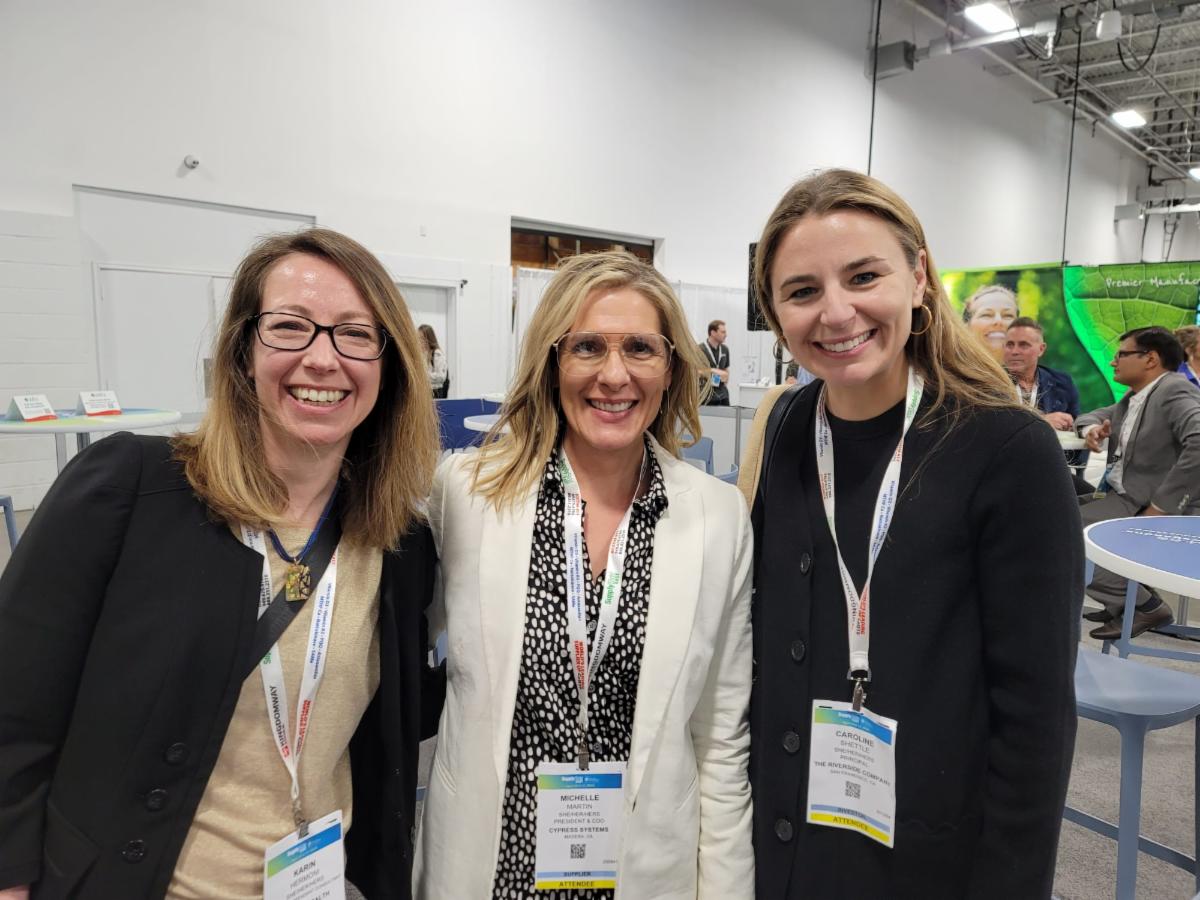By Susan Hewlings, WIN Science Committee Member
Why are women changing jobs faster than men and what can we do to keep them?
There has been much written in the last few years about the changing post-COVID workforce. Working from home, Zoom burnout, and a forced reevaluation of priorities, has prompted career changes born from these experiences. Many of these changes are logical and even refreshing, but one that seems surprising, and maybe even like a step back, is that according to the 2022 Women in the Workplace report from LeanIn.org and McKinsey & Company, “women leaders are switching jobs at the highest rate in years, significantly more than men in leadership”.1
On the surface, this statistic is troubling. Women are already underrepresented in corporate leadership. According to the most recent Women in the Workplace Report, “women’s representation in the C-suite is the highest it has ever been at 28%, but it still lags behind the representation of men. Furthermore, there is a concerning lack of progress in the middle pipeline and continuing misrepresentation of women of color.”1,2
The Great Resignation
Data from the Bureau of Labor shows that 3.7 million workers quit their jobs in 2023, demonstrating little change from the numbers of 2022, a continuation of a trend that has been referred to as “the Great Resignation.”2 While many predicted the Great Resignation would end as we adjusted to post-COVID work life, this does not seem to be the case. Moreover, the Women in the Workplace study suggests that more women than men are resigning from their corporate jobs. So where are they going – and why?2
It appears that women aren’t leaving the workforce entirely. What they are doing in notable numbers is switching industries, starting their own businesses, or just leaving for better opportunities. A May 2023 article in Forbes3 suggests that among several reasons, unequal pay is one of the primary drivers.3 A Pew Research Center analysis reported that in 2022 women earned 82% of what men did.4 Forty percent of women surveyed in the Deloitte report, Women @ Work 2022: A Global Outlook, indicated stress and burnout were the main reasons they looked for a different job.5
The report called out harassment and microaggressions as the next reasons for seeking a change in position. Women in leadership were more likely than men to report being talked over in meetings, left out of key meetings, and losing credit for their work to their male colleagues. Less flexibility and limited opportunities for advancements were also stated as motives.4,5
What About Women In Nutraceuticals?
These global and national statistics are intriguing and raise the question of what has happened in our industry specifically. Anecdotally, many women in WIN have changed jobs in recent years. Why? What could the company have done, if anything, to keep them? A recent Forbes article suggests that efforts to retain women in leadership positions cannot focus only on executive positions. Rather, companies need a comprehensive organizational approach throughout the corporate ladder.6
What might this look like? A major opportunity seems to exist in supporting women earlier in their careers – from entry level to manager roles. Supporting women at this early stage helps retention throughout the ladder, according to experts. Two strategies to consider: Mentoring and the formation of affinity groups. “Affinity groups are resource groups formed within an organization based on their members’ shared perspectives and experiences, such as gender, race, orientation, age, disability, or other aspects of identity.
Affinity groups can also be formed around shared goals, interests, and skills”.66 Forming these mentorship and affinity group opportunities benefits everyone and promotes a cohesive work culture that can help with overall retention. Smaller companies with fewer resources can seek out and engage in those offered by the industry. WIN is a fantastic example of an affinity group incorporating mentorship as part of our overall initiatives.
These are just a few ideas for how to retain women in leadership positions. What are your thoughts?
Are you noticing these trends in your company or your community?
Why are women changing jobs, and what do you think can be done to retain them?
Let us know what you think!
References
- https://www.mckinsey.com/featured-insights/diversity-and-inclusion/women-in-the-workplace#
- https://www.bls.gov/news.release/jolts.nr0.htmC
- https://www.forbes.com/sites/carolinecastrillon/2023/05/07/why-women-leaders-are-leaving-their-jobs-at-record-rates/?sh=4fe4fc794361
- https://www.deloitte.com/an/en/about/press-room/men-face-alarmingly-high-levels-of-burnout-despite-shifting-work-arrangements-rise-in-hybrid-working.html
- https://www.pewresearch.org/social-trends/2023/03/01/the-enduring-grip-of-the-gender-pay-gap/
- https://www.forbes.com/sites/karadennison/2023/07/18/retaining-women-in-the-c-suite-how-to-improve-corporate-culture-to-advance-women-past-the-broken-rung/?sh=3c9afd451bf4





